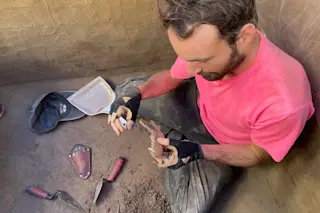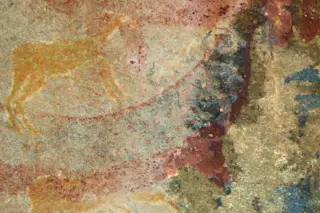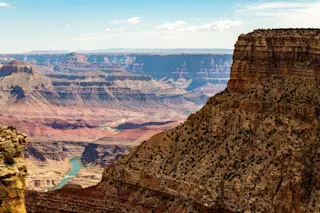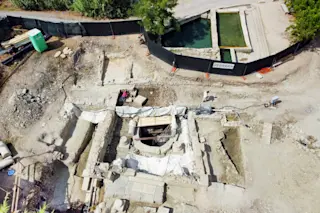A total solar eclipse over Australia in 2012. (Credit: NASA) Solar-eclipse fever is about to heat up as millions of Americans celebrate the astronomical spectacle happening Aug. 21. Businesses and universities along its shadowy bandwidth from Lincoln Beach, Ore., to Charleston, S.C., are organizing days-long events. There will be festivals with live music, art displays and camping. A special event in Illinois features a performance by hard-rock legend Ozzy Osborne. Many more are organizing eclipse parties in their backyards. But this isn’t the first time in human history – and prehistory – that humans have gone bonkers for a moment of darkness on an otherwise sunny day. Anthropologist Robert Benfer has coauthored a paper published online in June in Antiquities suggesting that Peruvian people of the 16^th century held solar-eclipse celebrations, as well. The Yungas viewed total solar eclipses as good omens, so you can imagine the partying that went ...
How Ancient Peruvians Partied on Eclipse Day
Join in the total solar eclipse celebrations with festivals and events across America, including Ozzy Osborne's performance!
More on Discover
Stay Curious
SubscribeTo The Magazine
Save up to 40% off the cover price when you subscribe to Discover magazine.
Subscribe













